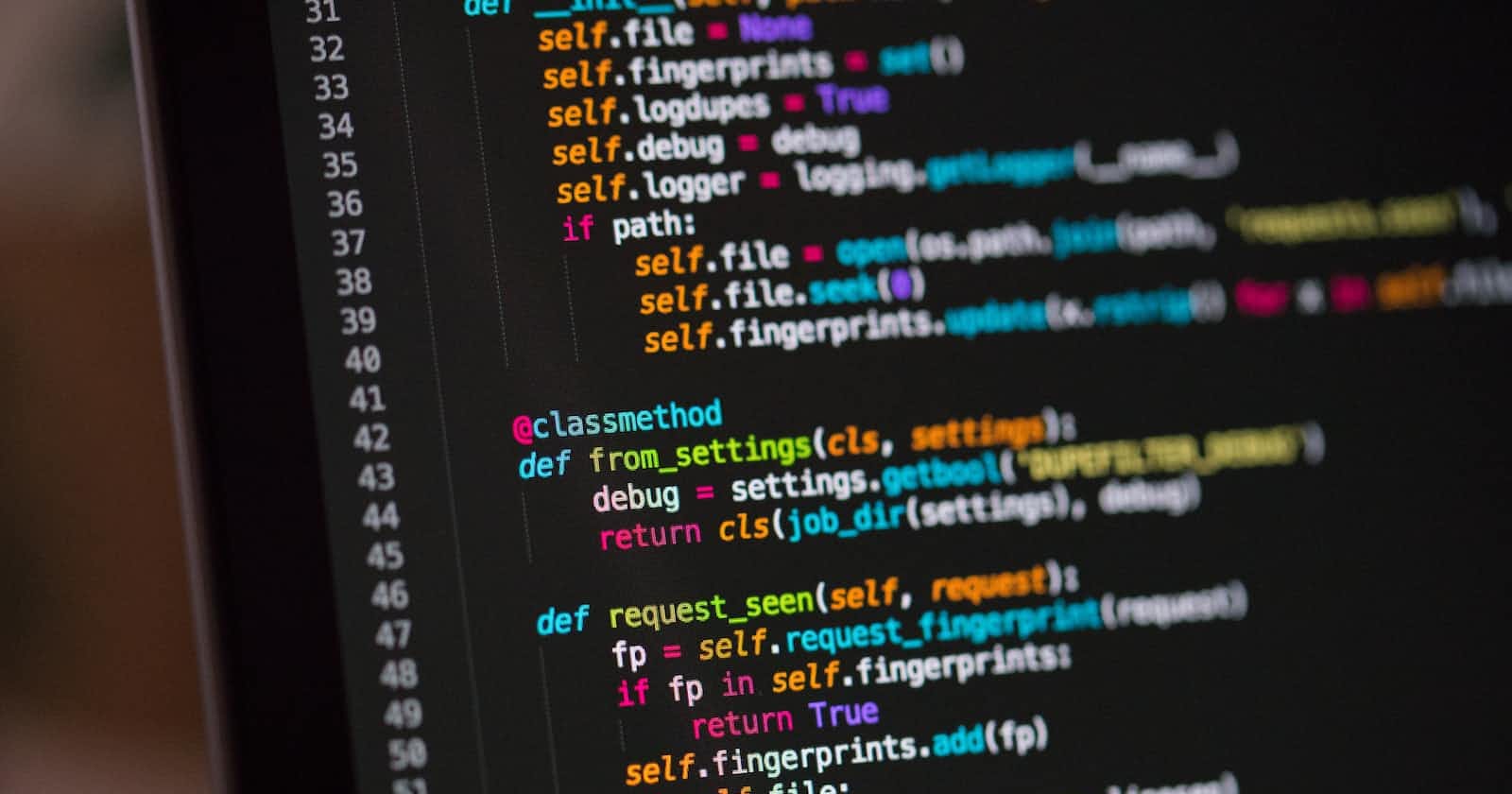
Photo by Chris Ried on Unsplash
An Introduction To Python
Learn the Basics of Python Programming Language: An Introductory Guide for Beginners
The Python programming language is known for its simplicity and ease of use. It was designed to be easy to read and write, with syntax emphasizing readability. You can do many things with it, including scripting, data analysis, web development, and artificial intelligence. Because of its simplicity and versatility, Python is popular with beginners and experienced programmers alike.
Some of the critical concepts to cover in Python programming include:
Data types: Python has built-in support for many data types, including integers, floats, strings, lists, tuples, dictionaries, and sets.
Variables: In Python, variables are used to store values that can be later retrieved or modified. Variables can be assigned values of any data type.
Control structures: Control structures allow you to control the flow of a program. These include if/else statements, for loops, while loops, and break and continue statements.
Functions: Functions are a way to group a set of statements that perform a specific task. Functions can take arguments, which are variables passed to the function, and return values, which are the results of the function.
Object-oriented programming: Python supports object-oriented programming, which is a programming paradigm that focuses on the creation of objects that have properties and methods.
Exception handling: Exception handling is a way to handle errors that occur during program execution. Python provides a try/except block to handle exceptions.
File handling: Python provides several built-in functions for working with files. These functions allow you to open, read, write, and close files.
Modules and packages: Python has many built-in modules and containers that can be used to extend the functionality of your programs.
Regular expressions: Regular expressions are a powerful tool for searching and manipulating text. Python has a built-in module for working with regular expressions.
Input and output: Python provides several built-in functions for input and output, including print(), input(), and format(). These functions allow you to interact with the user and display output to the console.

